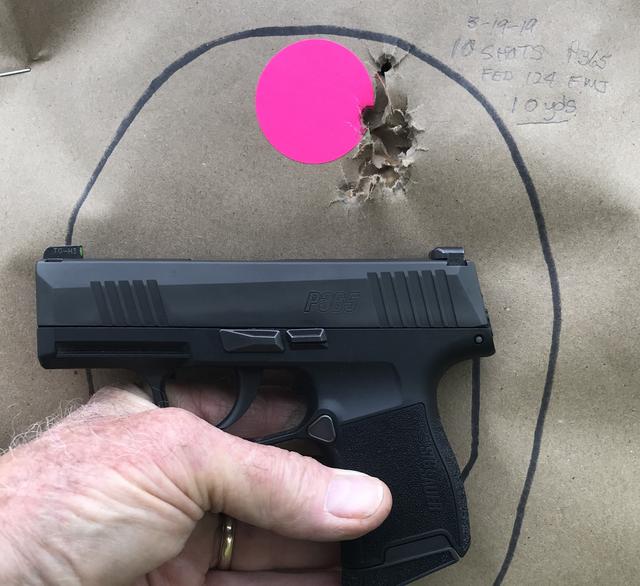I currently carry a MP Bodyguard 380 via my pocket. I am looking to get a larger capacity gun to CCW IWB. My current options are the:
P365, Shield, Shield EZ - 9mm with safety
Any other options? My conditions are that is must have an external safety, have at least 8 rounds (more = better) and be no bigger than the shield ez, which I think is my max for IWB. I checked out all 3 of these in the store yesterday. I like the p365 but I am reading about quite a few quality issues. I like the shield/shield ez price but capacity/size of 365 seems better. The shield ez is really interesting to me. I can rent all 3 and plan to do so when I get some time this weekend but really curious if I should be considering something else too.
P365, Shield, Shield EZ - 9mm with safety
Any other options? My conditions are that is must have an external safety, have at least 8 rounds (more = better) and be no bigger than the shield ez, which I think is my max for IWB. I checked out all 3 of these in the store yesterday. I like the p365 but I am reading about quite a few quality issues. I like the shield/shield ez price but capacity/size of 365 seems better. The shield ez is really interesting to me. I can rent all 3 and plan to do so when I get some time this weekend but really curious if I should be considering something else too.


